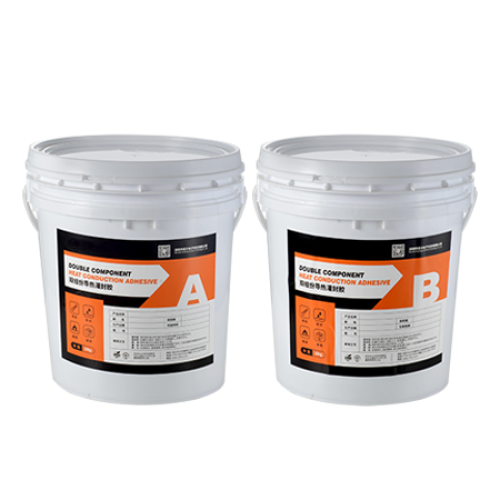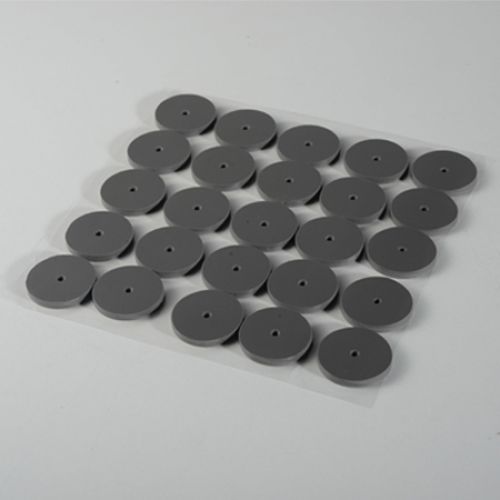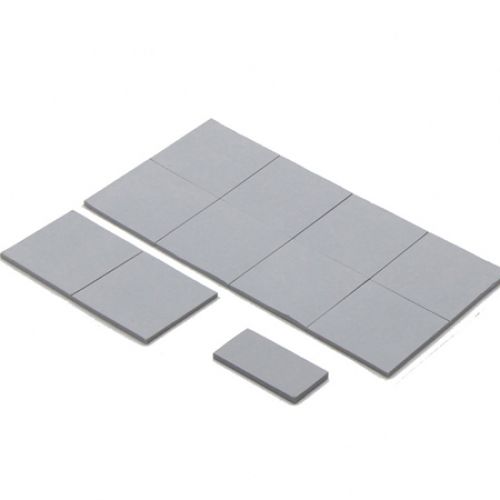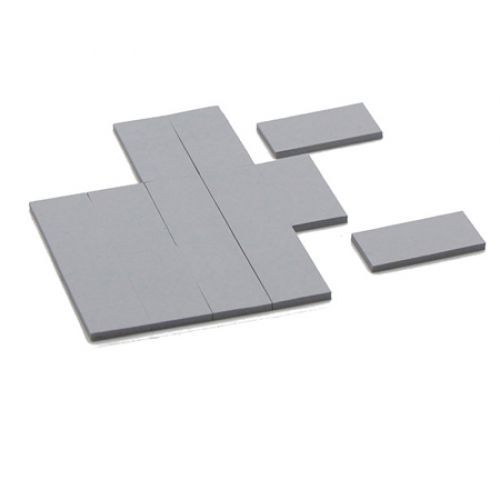Product description
Duobo 1.5W/MK high thermal conductivity potting glue is a cutting-edge technology in the field of electronic assembly. It can effectively protect electronic devices under extremely challenging environmental conditions, improve mechanical strength and provide excellent electrical insulation. Nuofeng 1.5W/MK high thermal conductivity potting glue is in liquid form before curing and has fluidity. The viscosity of the glue varies according to the material, performance and production process of the product. The potting glue can only realize its use value after it is completely cured. After curing, it can play the role of waterproof, moisture-proof, dust-proof, insulating, thermally conductive, confidential, anti-corrosion, temperature-resistant and shock-proof.
Features and advantages
1. At room temperature, the A/B glue can be operated for a long time after mixing (operable time: the period of time before the glue gels and thickens); under heating conditions, it can be cured quickly, which is conducive to use on automatic production lines.
2. High temperature resistance: After the rubber is completely cured, the elasticity and insulation properties of silicone rubber can be maintained within the temperature range of (-40 to 200)°C.
3. It does not shrink during and after curing, and has good protection functions for electronic components (such as anti-shock, anti-extrusion and anti-aging protection functions).
4. It does not contain any substances that are harmful to electronic appliances and human body, and has obtained ROHS and Reach certification from an authoritative third-party testing agency.
Application
1. Open the A and B component rubber materials and stir them evenly with jigs respectively (if the rubber materials cannot be used up at one time, stir as little as possible and stir frequently; stirring jigs are not universal and cannot be mixed).
2. Pour the two components of rubber into the mixing tank in a weight ratio of 1:1, and stir them promptly and quickly until they are evenly mixed (the best operation time is (4-6) minutes).
3. Pour the evenly mixed adhesive into a clean device (if high thermal conductivity is required, it is recommended to perform vacuum degassing before pouring); the ambient temperature will affect the curing speed of the adhesive (the lower the ambient temperature, the slower the curing speed of the adhesive, and the higher the ambient temperature, the faster the curing speed of the adhesive).
Application Areas
Used for potting protection of high-power electronic components in module power supplies and circuit boards, such as automotive HID lamp module power supplies, automotive ignition system module power supplies, solar panels, transformers, sensors, etc.
Product Properties
| Performance |
Guideline |
test value |
| Before curing |
Exterior |
Visual inspection |
White (A) / Gray (B) fluid |
| Viscosity of component A (mPa.s, 25°C) |
GB/T 2794-1995 |
6000~7500 |
| Viscosity of component B (mPa.s, 25°C) |
GB/T 2794-1995 |
12000~14000 |
| AB mixed density (g/ml) |
GB/T 13554-92 |
2.2±0.1g/ml |
| Operational performance |
Two-component mixing ratio (weight ratio) |
Use system test |
A:B = 1:1 |
| Viscosity after mixing (mPa.s, 25℃) |
GB/T 2794-1995 |
9000~12000 |
| Operating time (min, 25℃) |
Use environment test |
20 |
| Surface drying time (min, 25℃) |
GB/T 13477.5-2002 |
50~90 |
| Initial solidification time (min, 25℃) |
Use environment test |
180 |
| After curing |
Hardness (Shore A) |
GB/T 531.1-2008 |
40±5 |
| Thermal conductivity [W (m·K)] |
ASTM D5470-06 |
1.5±0.15 |
| Dielectric strength (kV/mm) |
GB/T 1695-2005 |
≥18 |
| Dielectric constant (1.2MHz) |
GB/T 1693-2007 |
≤4.0 |
| Volume resistivity (Ω·cm) |
GB/T 1692-2008 |
≥1×10 14 |
| Operating temperature range (℃) |
Use environment test |
-40~200 |
| Elongation at break (%) |
GB/T 528-2009 |
20 |
| Tensile strength (MPa) |
GB/T 528-2009 |
1.1 |



